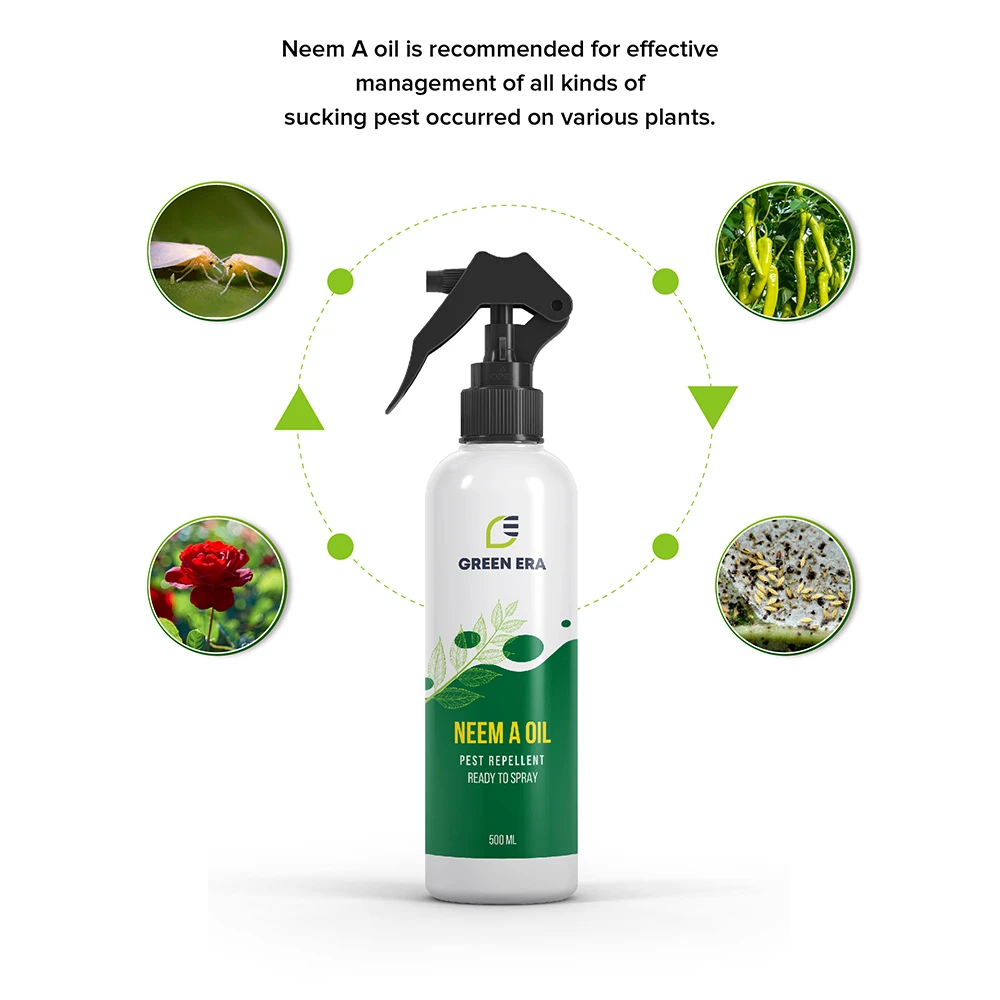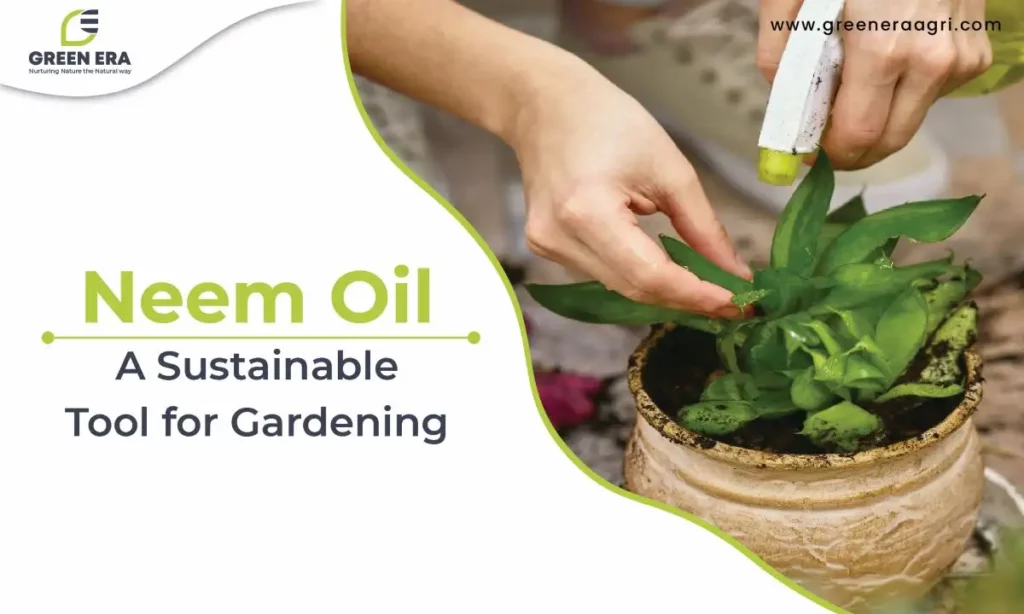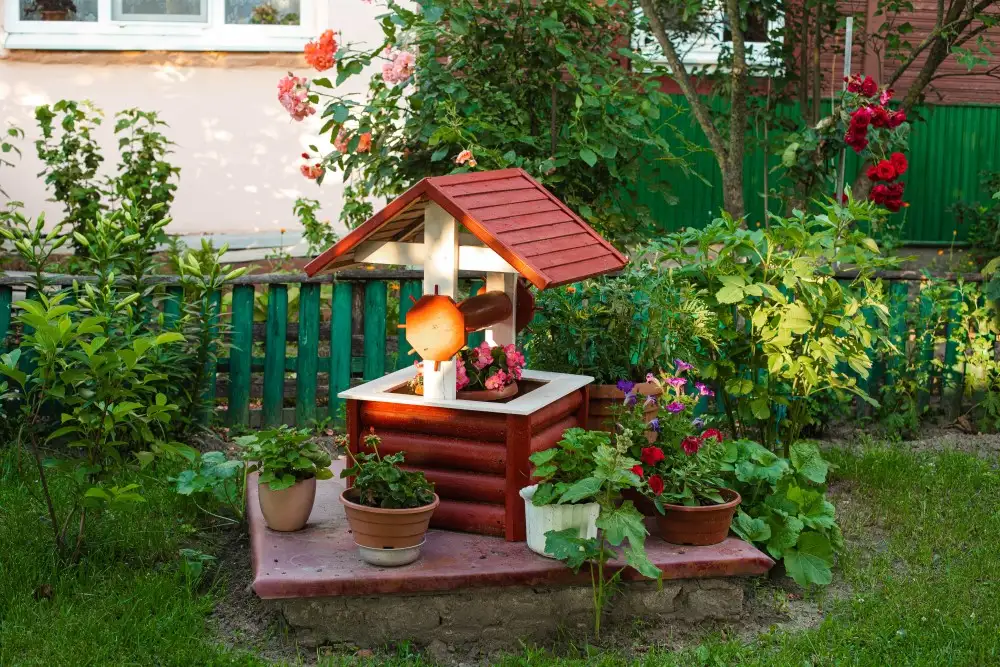Deep-rooted in the heart of the Indian subcontinent, the neem tree, scientifically known as Azadirachta indica, stands as a botanical marvel. Revered as the “Divine Tree” and “Nature’s Pharmacy,” the neem tree has a rich history and remarkable properties, particularly in the realm of gardening. In this comprehensive exploration, we delve into the world of neem, with a focus on neem oil for plants. We will unveil the origins of neem oil, the plant components used in its extraction, its pivotal role in gardening, and its extraordinary prowess in pest management.
The Essence of Neem Oil:
Neem oil, often referred to as the crown jewel among neem derivatives, is a prized extract primarily obtained through the cold-pressing of neem kernels. Within the neem fruit, seeds house a treasure trove of bioactive compounds. Neem oil has earned global acclaim for its multifaceted properties, making it an indispensable asset across various industries, with gardening taking center stage.
The primary plant parts employed for neem oil extraction are the seeds. These seeds hold a rich repository of biologically active compounds, with azadirachtin being the standout ingredient responsible for many of neem oil’s beneficial attributes. The extraction process of neem oil is meticulously conducted to preserve its therapeutic and pesticidal qualities.
Diving Into Neem’s Historical Significance:
To truly grasp the rich history of neem, it is imperative to appreciate its multifaceted roles in traditional medicine and everyday life. For over two millennia, neem has been an integral part of Indian Ayurveda, renowned for its therapeutic properties. From treating skin ailments to promoting digestive health, neem has been hailed as a panacea in traditional medicine systems.
Beyond its agricultural significance, neem is intricately woven into daily life. Its leaves serve as natural air purifiers, while its twigs have traditionally been used as toothbrushes, promoting oral hygiene. The bark, rich in tannins, finds utility in tanning leather and preserving fishing nets. Neem’s historical importance transcends borders, as its utility and cultural significance continue to resonate globally.
Use in Gardening:
The utilization of neem oil in gardening represents a milestone in sustainable farming practices, and its adoption has proliferated due to several pivotal advantages.
1. Natural Pesticide:
Neem oil emerges as a potent neem-based pesticide, providing protection to crops against a wide array of agricultural pests i.e. Aphids, Mealy bugs, caterpillars, mites, beetles, and more meet their match in neem oil, while beneficial insects such as bees, butterflies and ladybugs remain won’t harmed. This characteristic makes neem oil ideal for integrated pest management (IPM) strategies.
2. Biodegradability:
Neem-based insecticides are celebrated for their biodegradability. In stark contrast to synthetic pesticides that linger in the environment and harm non-target organisms, neem-based solutions naturally break down, reducing the ecological footprint of gardening.
3. Safety for Humans and Animals:
Neem oil exhibits a high degree of safety for humans and animals alike, rendering it a sustainable and eco-friendly option for crop protection. Gardeners benefit from reduced exposure to harmful chemicals.
Also Read: 10 Easy Steps to Start with Organic Gardening
Role of Neem In Pest Control:
The role of neem in pest control is nothing short of a revolution. Neem-based pesticides and insecticides, derived from neem oil and neem extracts, have emerged as champions in the quest for eco-friendly and effective pest management. These products showcase a spectrum of properties, including repellence, growth disruption, and reduced feeding in target pests. Crucially, they inflict minimal harm on non-target organisms and the environment, aligning seamlessly with the principles of sustainable farming.
As gardening to meet the challenges of the 21st century, the enduring importance of the neem tree in the agricultural realm remains steadfast. Neem and its derivatives, particularly neem oil, play a pivotal role in striking the delicate balance between safeguarding crops and preserving the environment. In light of the global shift toward sustainable and organic farming practices, neem stands as a guiding light, bridging the gap between nature and science, and steering us toward food security and environmental sustainability.
Neem Oil’s Contribution to Overcoming Pest Resistance:
One of the remarkable attributes of neem oil is its capacity to counter the resistance that some pests develop against synthetic pesticides over time. This phenomenon, known as pesticide resistance, poses a significant challenge in modern gardening. However, neem-based pesticides, armed with a complex array of bioactive compounds, function differently from their synthetic counterparts. They disrupt various facets of a pest’s life cycle, including feeding behavior, growth, and reproduction. This multi-pronged approach makes it arduous for pests to develop resistance to neem-based solutions. Furthermore, neem-based pesticides can serve as a valuable component in integrated pest management (IPM) programs. These programs combine diverse pest control methods, reducing reliance on chemical pesticides and further mitigating the risk of resistance development. Consequently, neem oil not only effectively controls pests but also addresses the persistent issue of pesticide resistance in gardening and gardening.
Assessing Neem Oil’s Quality:
Evaluating the quality of neem oil is imperative to ensure its efficacy across various applications, particularly in gardening. Here are several key quality characteristics to consider when scrutinizing neem oil for plant care:
1. Fragrance:
High-quality neem oil should possess a robust, distinctive, and somewhat pungent odor. This fragrance is often likened to that of garlic or nuts. The presence of this characteristic scent signifies the abundance of active compounds, including azadirachtin, which contributes to its pesticidal properties.
2. Solubility in Water:
Quality neem oil should demonstrate excellent solubility in water. This property assumes significance in the creation of emulsifiable concentrates, frequently used in gardening to blend neem oil with water for applications. Complete solubility ensures even distribution and effective coverage on plants.
3. Certification:
In India, the Central Insecticides Board (CIB) certification serves as a hallmark of quality assurance for agricultural inputs, including neem-based pesticides. A neem oil product bearing CIB certification has undergone rigorous testing and meets established quality standards, establishing it as a dependable choice for gardeners.
4. Shelf Life:
Neem oil should boast a reasonably extended shelf life when stored correctly. High-quality neem oil remains stable and resists rapid degradation, ensuring sustained effectiveness and preservation of pesticidal properties.

Green Era’s – Neem A Oil stands as an exemplar of these quality characteristics, making it a prized asset in the gardening toolkit. Renowned for its robust, characteristic aroma, this neem oil boasts excellent solubility in water and maintains a consistent azadirachtin content, Furthermore, it demonstrates an impressive shelf life, establishing itself as a trustworthy choice for gardeners seeking high-quality neem oil to ensure health and vitality of their plants. Whether it’s warding off pesky garden pests or promoting overall plant well-being, Green Era – Neem A Oil proves to be an invaluable companion for gardening enthusiasts.
In Conclusion:
In an era that increasingly embraces sustainability, the neem tree emerges as an enduring symbol of harmony between humanity and nature. Its extraordinary attributes and historical significance have propelled it to the forefront of modern gardening, offering sustainable solutions for pest control, crop management, and ecological preservation. As we navigate the intricate challenges of food security and environmental sustainability, the neem tree remains a steadfast ally, a testament to the enduring wisdom of nature and the boundless possibilities it presents. In the times ahead, neem oil for plant care is poised to become a ubiquitous method for combatting pests while upholding the principles of sustainability.
Frequently Asked Questions (FAQs)
-
What is Neem Oil, and how is it obtained?
Answer: Neem oil is a natural extract derived primarily from neem tree seeds through cold-pressing. Neem trees, scientifically known as Azadirachta indica, are native to the Indian subcontinent and are renowned for their diverse uses, particularly in agriculture.
-
How does Neem Oil work as a pesticide for plants?
Answer: It contains azadirachtin, a key bioactive compound that deters and harms pests while sparing beneficial insects like bees and ladybugs.
-
Is Neem Oil safe for indoor and outdoor plants?
Answer: Yes, Neem Oil is safe for both indoor and outdoor plants. It is eco-friendly and poses minimal risk to humans, animals, and the environment when used as recommended.
-
How can Neem Oil help combat pesticide resistance in pests?
Answer: Neem oil’s complex array of bioactive compounds makes it challenging for pests to develop resistance. It disrupts various aspects of a pest’s life cycle, including feeding behavior and reproduction.
-
What are the key quality indicators when choosing Neem Oil for plant care?
Answer: Consider its fragrance (garlic-like or nutty), solubility in water, azadirachtin content, and its shelf life. High-quality neem oil should excel in these characteristics to ensure effectiveness in pest control and plant care.



